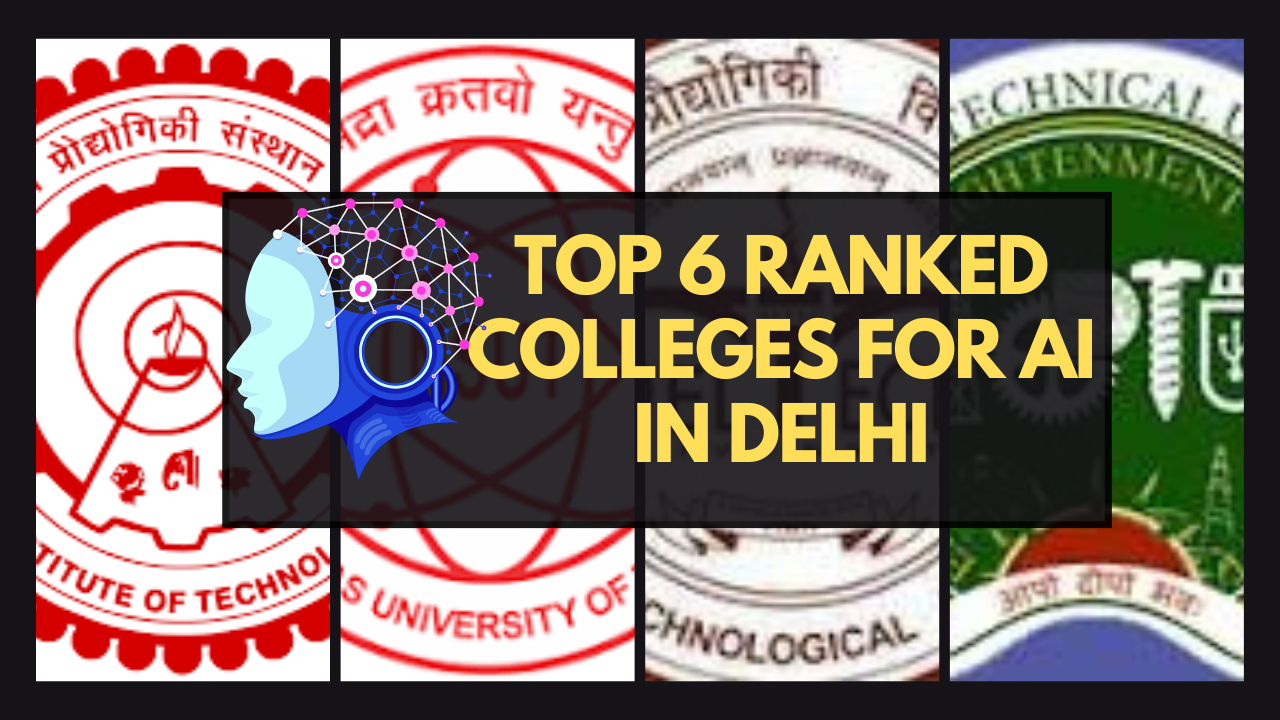Bhoomi Kaushik
Get Real Experts on your side
Before venturing to seek career counseling, answer a few basic questions so we can connect you with our best expert counselor for personalised guidance and mentorship.




Bhoomi Kaushik
17/01/2025
Money laundering stands out as an ever-evolving landscape of financial crimes that governments, financial institutions, and businesses worldwide deal with. Considering the fact that illicit actors make adjustments to technologies to exploit further advancements, efforts against money laundering require an innovative and deeper understanding of emerging trends in the field. This blog discovers the latest anti-money laundering trends, key AML strategies for combating them, and the challenges expected ahead.
New Issues in Money Laundering
1. Crypto currencies and Block-chain
Technologies
Crypto currencies have
increasingly been popular, providing anonymity as well as decentralization. The
transparency of block-chain is a double-edged sword; its pernicious effect has
been criminals' increasingly employing digital assets for money laundering
across borders. The layering of funds by exchanging crypto currency and DeFi
platforms has become a common phenomenon.
2. Trade-Based Money Laundering (TBML)
TBML is the process of
concealing illegal money in legitimate trade transactions. Over-invoicing,
under-invoicing, and fake documentation are some of the methods that make it
difficult to detect. As international trade continues to expand, TBML will
remain at the top of the list for regulators.
3. Shell Companies and Offshore Accounts
Shell companies continue to
be part of the main money laundering operations due to their obscurity. They
facilitate the flow of huge amounts of ill-gotten money under the veil of
apparently legitimate operations, mostly taking advantage of offshore financial
centers with less stringent regulations.
4. Technological Sophistication
Criminals are using advanced
technologies such as artificial intelligence (AI), machine learning, and
automation to make their laundering methods more sophisticated. This ranges
from AI-based tools that emulate legitimate transactions to generating valid
digital identities.
5.
"Smurfing" and Micro-Structuring
There is an increase in the
use of smurfing, a method of splitting large transactions into smaller amounts
in order not to be detected by regulatory thresholds. These transactions are
usually structured through multiple accounts and institutions to complicate
traceability.
Main Strategies to Fortify AML
Frameworks
1. Regulatory Cooperation and
Information Exchange
International cooperation
among governments, regulatory authorities, and banking and financial
institutions is a must. Standardized guidelines are provided by the Financial
Action Task Force, for instance. However, real-time sharing of information,
along with better cross-border coordination, is in demand.
2.
AI-powered AML Solutions
Implementing AI and machine
learning technologies enables an institution to identify suspicious activity
more accurately. It enhances transaction monitoring, automates the detection of
anomalies, and decreases false positives.
3. Enhanced Due Diligence (EDD)
For customers and
transactions at higher risk, financial institutions must have EDD in place.
This includes robust background checks, knowledge of the beneficial ownership
structure, and continuous monitoring.
4. Public-Private Partnerships
Collaboration between public
authorities and private sector stakeholders can enhance AML measures. Mutual
efforts encourage data sharing, trend identification, and proactive response.
5.
Block-chain Analytics Tools
Institutions and systems
need to make a block-chain analytics investment. The technology will track the
transactions side, identify fraudster wallets, and report against every
regulation.
|
Undergraduate Programs |
Post Graduate Programs |
Career Path for MBA students in AML
(Anti-Money Laundry)
An MBA (Master of Business
Administration) can provide a variety of career opportunities in AML. A field
that involves compliance, Risk management and Financial analysis calls for the
skills of an MBA graduate, thus making him suitable for leadership and
strategic assignments. Here are the most important career paths and job
opportunities for MBA students in AML:
1. Compliance Officer
Function: To
ensure financial institutions comply with the regulation
Key Responsibilities:
Implement and oversee AML
programs.
Conducting risk assessments
and audits
Staying updated with
changing regulations.
MBA Edge: A strong understanding of business strategy and regulatory frameworks enhances the ability to align compliance practices with organizational goals.
2. Risk Management
Specialist
Role: Identifies,
assesses, and mitigates financial crime risks.
Key Responsibilities:
Developing risk management
frameworks
Analyzing customer data for
suspicious activity
Advising management on
mitigating exposure
MBA Edge: Advanced quantitative and problem-solving skills help create and present data-driven risk strategies.
3. AML Investigator
Role: Conducts suspicious
financial activity investigations to detect money laundering and terrorism
financing.
Key Responsibilities:
Analysis of flagged
transactions
Writing in-depth case
reports for law enforcement agencies.
Work with government and
international bodies.
MBA Advantage: Research,
communication, and analytical thinking skills allow for thorough
investigations.
4. Financial Crime Consultant
Role: Consult with organizations on how to
enhance their AML systems and processes.
Key Responsibilities:
Assessment of AML programs
Technology Upgrade
recommendations
Staff training on AML
compliance
MBA Advantage: Possesses consultancy skills along with the knowledge of operational efficiency.
5. AML/KYC Analyst
Job: He performs due
diligence on customer profiles to ensure Know Your Customer (KYC) compliance.
Key Responsibilities:
Verification of customer
identification
Monitoring ongoing account
activity
Reporting suspicious
behavior
MBA Advantage: Possesses advanced analytical and
decision-making skills, thus making the evaluations effective.
6. Data Analytics Specialist (AML Focus)
Job:
He
utilizes big data to identify trends and patterns in suspicious activities.
Key Responsibilities:
Utilization of predictive
analytics for risk forecasting
Design of algorithms to
automate transaction monitoring
MBA Edge: This is an overlap of expertise in data
analytics with acumen in finance to make an efficient solution
7. Policy and Regulatory Advisor
Job: Develop policies to
counter financial crimes
Key Responsibilities
Policy and procedures
drafting on AML
Consulting with the
regulator and the enforcing bodies
Evaluation of the impact of
compliance on business strategy
MBA Edge: Understanding policy implications on
strategic decisions
8. Technology and Innovation Specialist
Job: This is a person who
puts together cutting-edge technology for AML compliance.
Key Responsibilities:
Introducing AI and machine
learning in transaction monitoring
Managing system integrations
for AML compliance tools
MBA Edge: Knowledge of business processes supports
integration with operational systems.
Conclusion
The battle against money
laundering is far from over. It is the complexity of financial crime that calls
for robust regulatory frameworks, cutting-edge technologies, and effective
collaboration. There is a great need for banks and regulators to work hand in
hand to create a resilient AML ecosystem that not only thwarts illicit actors
but also fosters trust and security in the global financial system. With
vigilance and adaptability, we can mitigate the risks and protect the integrity
of our economies.











.jpg)


.jpg)




.png)







.png)

.png)




.png)

.png)
.png)



.png)

.png)


.png)

.png)


.png)

.png)

.png)
.png)

 (1).png)



.png)

.png)
.png)


.png)


.png)


.png)

.png)







.png)





.png)


.png)














.png)













.png)




.jpg)






.png)




.png)


.png)
.png)
.png)
.jpg)



.png)


.png)
.png)
.png)



.png)











.png)
.png)



.png)


.png)
.png)


.jpg)







.jpg)









.jpg)





.png)


.jpg)



Before venturing to seek career counseling, answer a few basic questions so we can connect you with our best expert counselor for personalised guidance and mentorship.
